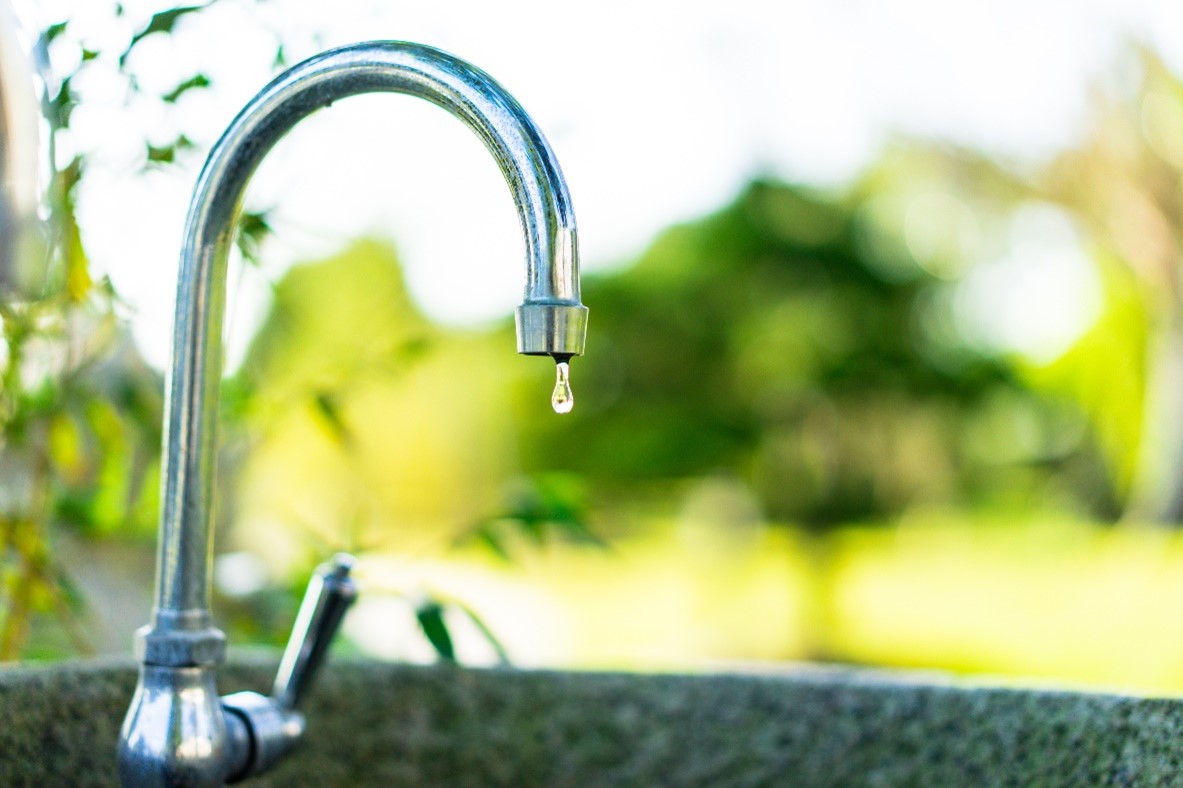Public Health Assessment Activities
Public Health Assessment Activities

At the request of the HDOH, ATSDR is conducting a public health assessment to understand the health effects of the releases at Red Hill into the aquifer that supplies water to the Joint Base Pearl Harbor-Hickam Water Distribution System on Oahu, Hawaii.
ATSDR conducts the public health assessment (PHA) process to determine
- whether people living near a hazardous waste site are being exposed to toxic substances,
- whether that exposure is harmful, and
- what must be done to stop or reduce exposure.
The PHA process helps ATSDR identify and prioritize follow-up activities to protect public health.
Red Hill Public Health Assessment Introductory Factsheet
Red Hill Public Health Assessment Activities
In an upcoming PHA, ATSDR will evaluate community exposures to chemical releases from the Red Hill Bulk Fuel Storage Facility in Oahu, Hawaii. The Hawaii Department of Health (HDOH) asked ATSDR to conduct a public health assessment to understand the health effects of the releases at Red Hill. ATSDR will use environmental data and health information collected since 2005 to evaluate the potential health risks for communities near the Red Hill Facility.
The assessment will build on previous ATSDR health investigations: the Pearl Harbor Naval Complex public health assessment and the three ACE investigations.
Pearl Harbor Naval Complex Public Health Assessment (2005)
In 1992, the Pearl Harbor Naval Complex was listed as a Superfund site by the U.S. Environmental Protection Agency (EPA). The Superfund site includes some areas near the Red Hill Bulk Fuel Storage Facility.
A 2005 ATSDR report on the Pearl Harbor Naval Complex addressed multiple issues, including whether chemical releases at various locations could have contaminated drinking water, possibly harming people’s health. ATSDR identified two locations where contaminants were detected in the shallow groundwater: the Ewa Junction Fuel Drumming Facility and the Red Hill Oily Waste Disposal Facility.
In the 2005 report, ATSDR noted the shallow groundwater near those locations was not suitable for drinking water and was not used for drinking water. ATSDR concluded that contaminants from those sources had not reached, and were unlikely to reach, the deeper aquifer used to supply drinking water.